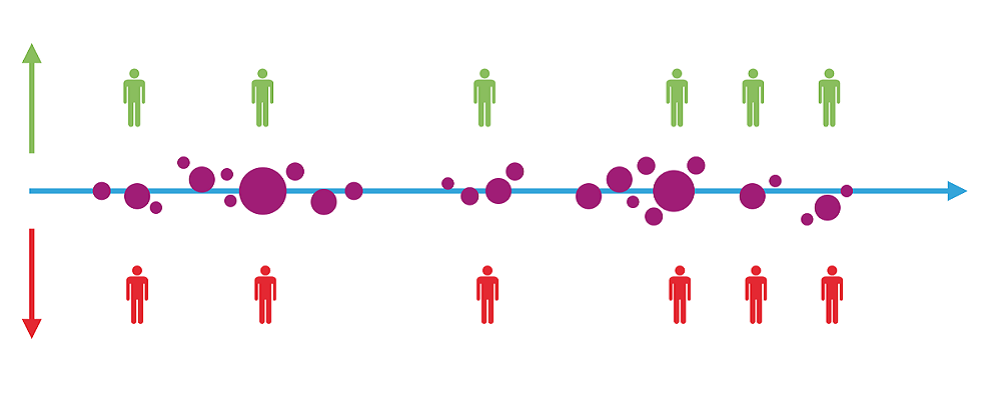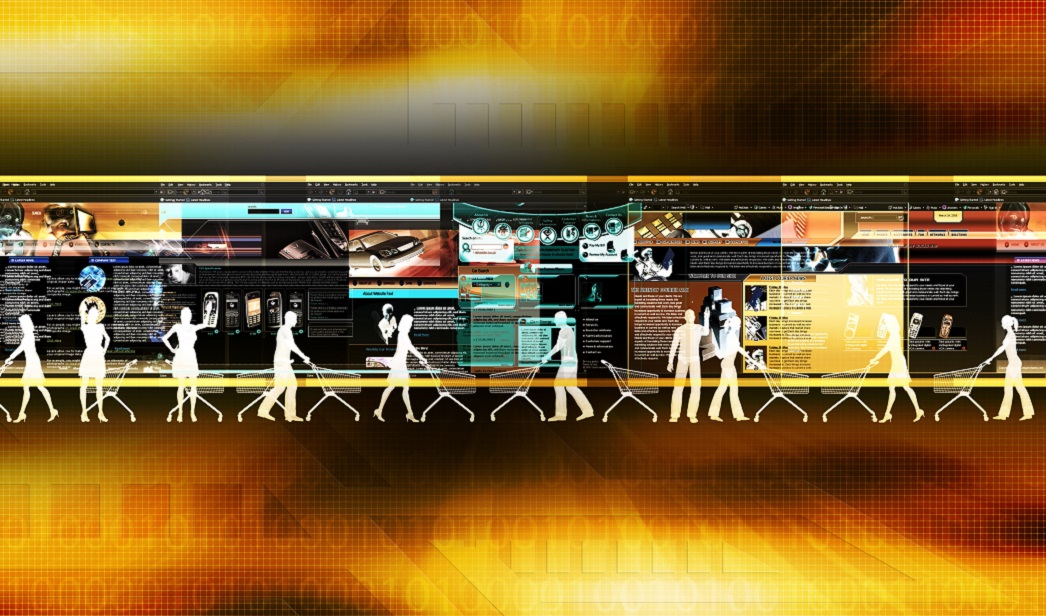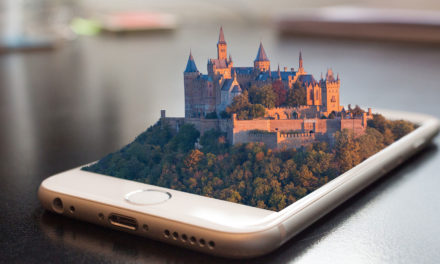Experience Design Can Help Win Customers’ Hearts And Minds
October 27, 2017As retail and leisure come together to create spaces of value, we need to apply a more detailed and nuanced approach to designing moments and memories that these physical and digital places will represent. Thinking and planning in terms of multidimensional experience design should become your key strategy.
Granularity
The experience we have with brands is not based on one single event. Instead, it is made up of several different events—some of them large, some small—which, in unison, create our overall memory. Think of someone buying something at a counter in your store, or at the checkout online. How did they get there? What steps did they have to take? And what was the experience like once they arrived at the checkout? With a detailed experience design methodology, you can start to break down all the different steps to define the complete shopping experience.
Zoom in on the retail experience, and you will start to discover what attracted the customer in the first place, how they felt when entering the store or accessing the website, and what happened on the journey towards finding the product. Once they’ve made their choice, how easy was it to purchase and was there an interaction at the purchase point.

Experiences are made up of event groups and clusters connected with a timeline and an experience baseline of positive and negative impact on people.
Experience design needs to be granular because experiences are granular at their very essence. Applying this mindset will give you a secret weapon in winning the hearts of customers.
Psychology
Our memory is made up of a multitude of multisensory impressions. We learn and memorise things in different ways, and that’s why when our senses of smell, taste, sound, and touch are activated, the effect can be very powerful. Not everything can be described using words, nor can every feeling we have towards something or someone be always attributed to a single detail.
This is the canvas for designing experiences that last. They are made up of all the small things that become very powerful when they join together. Everyone makes mistakes, we correct them, and get on the customer’s good side. Alternatively, we might provide a really great experience at one part of the customer journey, but then mess it up later on.
However, these cumulative events—both large and small—may be too complex for consumers to break down into single components so that they can explain why the experience was good or bad. This makes it harder to change a customer’s likes or dislikes with one single action.
Baseline
A good or a bad experience is also influenced by the expectation that precedes it. People’s expectations and the delivery of what was expected go hand in hand, and when one event is lowering the bar, consumers almost instantly expect the next event to be less successful. When people have entered this state of negativity, they, more or less, start to look subconsciously for, and expect, further disappointment.
In “What Customers Crave,” Nicholas J. Webb writes about the baseline connecting events throughout the overall experience. In granular design thinking, all small and big events are connected with this baseline. As expectations, delivery, and subsequent positive or negative impact go higher or lower, so does the baseline. Your goal is, obviously, to keep a high, or even continuously rising, baseline, refining the interconnected elements or touch points that it represents.
Modality
To positively improve the experience baseline, we must apply a more nuanced view of the customer. If you want people to spend more time and more money with you, you need to give them more than one reason to do so. That is the main premise of why there is value in integrating leisure and retail—you don’t always want people to just pop in, pick up the item they’ve planned to buy, and then leave again.
To add other dimensions to the retail experience, we should take into consideration that people are nuanced multifaceted creatures who can switch from the moment they’re experiencing something to the next one within a split second. They go back and forth between buying, being entertained, browsing, or playing. Once you start to understand these modalities, or different ways people experience something, and combine them with your understanding of people, you will discover new opportunities to create deeper connections with your customers.
Application
It may seem like this approach makes integrating leisure with retail through experience design thinking a very complex and cumbersome task. It certainly can’t be done in an afternoon, far from it. Once you embark on this way of working, it is a continuous process of designing, applying, and evaluating. You can make up all the best plans and hire the best consultants in the universe to prepare yourself, but it is not until you give customers access to your website or store, that you will truly know what will work and what will need to be tweaked.
Focusing on all the small things allows you to achieve some wins within a shorter timeframe. You may come up with a list of activities, updates, and additions to the experience that can be applied quickly, and with a modest budget.
Future greatness in retail lies in attention to detail.




